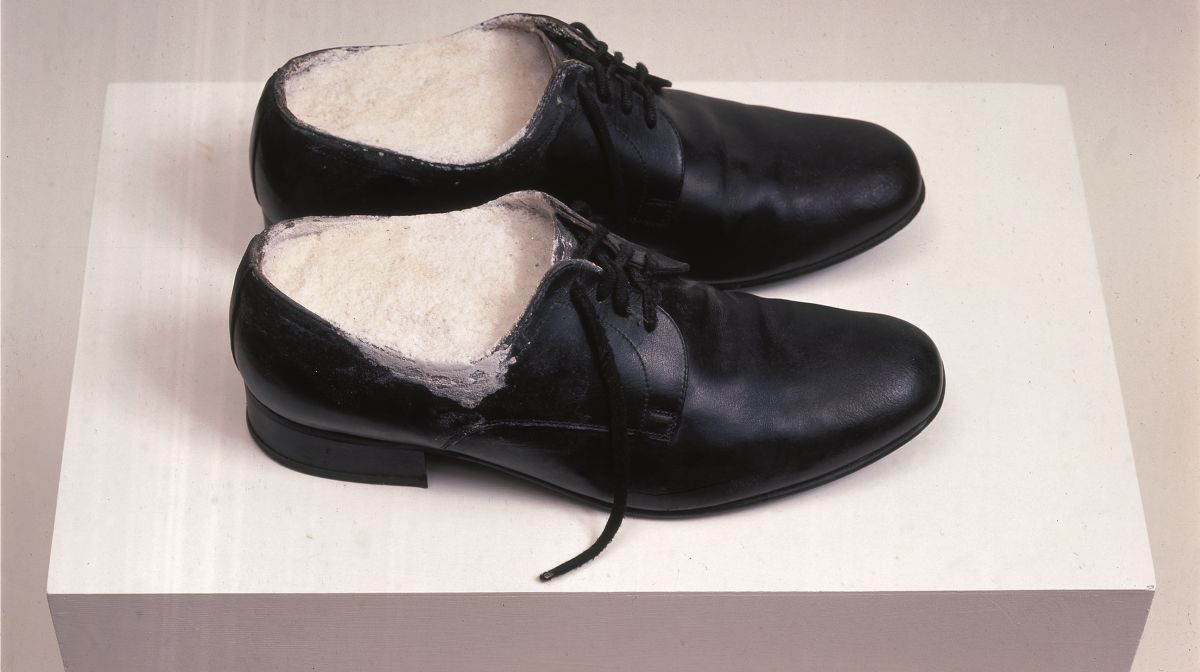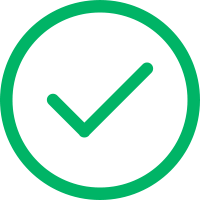Around 1990, New Art was being shown in Vilnius at the Langas and 91 Galleries and the Art Exhibition Hall, but after 1993, its growth and development was managed by specially dedicated institutions – the Contemporary Art Centre (CAC), the Soros Center for Contemporary Art (SCCA), and Jutempus. An alternative to the Lithuanian Artists' Union was established in 1998: the Lithuanian Interdisciplinary Artists' Association.
A young artist named Kęstutis Kuizinas was appointed Director of the Vilnius Art Exhibition Hall in 1992. With the support of the then influential group of painters called "24" and by one of its members, historian Viktoras Liutkus, director of the Art Division of the Ministry of Culture, Kuizinas reorganized the Hall, renaming it the Contemporary Art Centre.
Initially, exhibits were organized at the CAC only in response to proposals selected by a committee of art researchers, art managers and members of the Lithuanian Artists' Union (LAU). Selections were dominated by a few classical works of "quiet modernism" and the spacial art installations designed for the exhibit halls by younger artists. Not everyone who wished to exhibit their art at the CAC was able to do so, and even selected artists were no longer permitted to display their works at their own discretion. This angered many artists. As a result, by 1993, a harsh conflict arose between the CAC and the LAU, and in 1994 the Union made every effort to take over control of the Centre. An exhibition at the CAC in 1994 by several groups ("24", "1", "Angis") intended to show that the initiatives of creative artists' organizations had become obsolete, and that artists should rather coordinate their activity with art institutions. A group of LAU members resolved to never again display their work at the Centre and, as a result, new space became available for CAC initiated projects.
The CAC hired several exhibit curators (Deimantas Narkevičius, Evaldas Stankevičius and Raimundas Malašauskas). Kuizinas, meanwhile, having extensive contacts with important foreign art world representatives, took over curating exhibits by foreign artists. The institution gained international recognition. Reviews of Lithuanian art (1995, 1997 and 1999) exhibited New Art and more conventional works, but by 1997, the latter became much less frequently displayed. The curators organized Lithuanian New Art shows abroad (Nowa Litwa in Gdansk, 1996), and at the CAC: Išgyvenimui (For Survival) and Subordinacija (Subordination) in 1996, and Paralelinės progresijos (Parallel Progressions) in 2000. They also organized themed exhibits showing Lithuanian and foreign contemporary artists (Funny versus Bizarre, 1997; Cool Places, 1998).
|
Read more: Cool Places
|
The CAC became the most important venue for the exhibition of New Art, developing its concept, criteria and the circle of it's most prominent artists, presented during the project Emisija (Emission) in 2004, as well as contributing significantly to contemporary art's identification with visual and sound production. A turn toward these media was marked by the exhibit Sutemos (Twilight) in 1998: for the first time, all CAC exhibit halls were darkened, featuring art work by projected imagery alone.




Comments
Write a comment